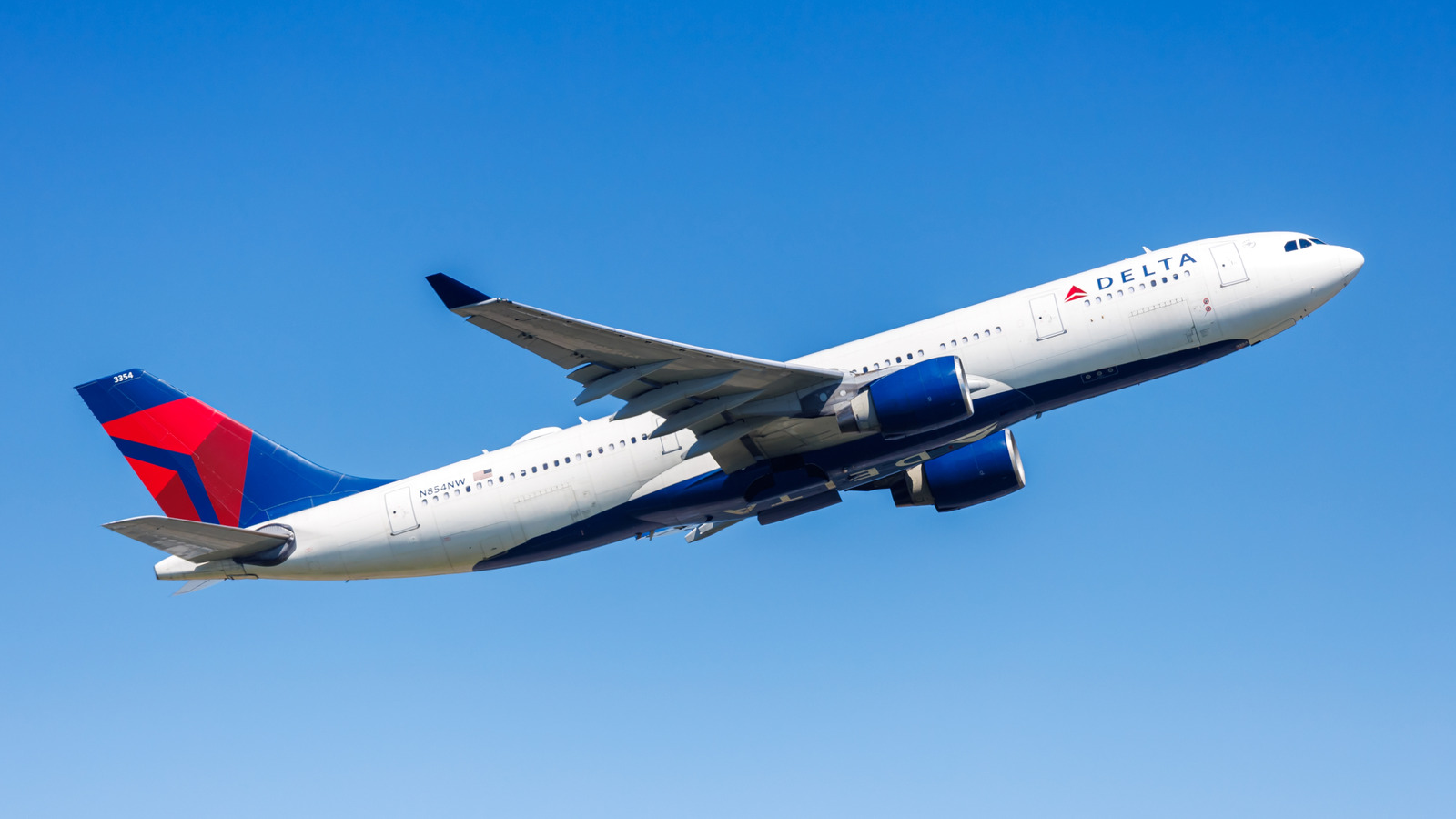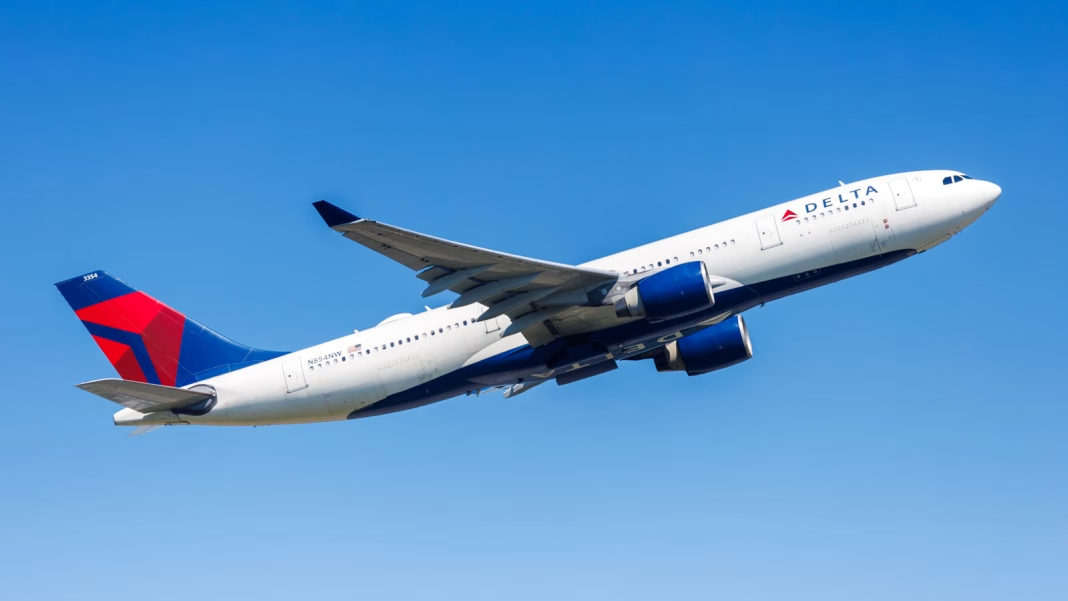Why Does Not Wearing a Seatbelt on a Plane Matter So Much?
If you’ve ever rolled your eyes at the flight attendant’s seatbelt speech, you’re not alone. But here’s the thing: recent events have shown, yet again, that skipping your seatbelt isn’t just a minor oversight—it can have real consequences. On a recent Delta flight, severe turbulence sent 25 passengers to the hospital. The common thread? Most of those injured, including members of the cabin crew, weren’t buckled in.
What Actually Happens During Severe Turbulence?
Turbulence isn’t just a little bump in the road. When a plane hits an unexpected pocket of rough air, it can drop or jolt with surprising force. According to the Federal Aviation Administration (FAA), turbulence is the leading cause of in-flight injuries for passengers and crew on commercial flights. The numbers back it up: between 2009 and 2022, the FAA recorded over 130 serious injuries from turbulence in the US alone, most involving people who weren’t strapped in.
The science is simple. When the plane moves suddenly, anything not secured—including people—keeps moving at the same speed and direction as before. That’s why someone not wearing a seatbelt can be thrown against the ceiling, aisles, or even other passengers. The result? Pure chaos.
Why Are Cabin Crew Especially at Risk?
You might think flight attendants are immune—they’re the pros, after all. But cabin crew are often up and about, serving drinks or helping passengers, when turbulence strikes. They don’t always have time to get to a jump seat and buckle up. In fact, the Association of Flight Attendants reports that crew members account for a significant portion of turbulence-related injuries. It’s a tough job, and sometimes, they’re the ones who take the hardest hits.
Is Turbulence Getting Worse?
It’s not just your imagination—turbulence incidents have been on the rise. A 2023 study from the University of Reading found that clear-air turbulence (the kind that’s hardest to predict) has increased by up to 55% on some transatlantic routes over the past four decades. Climate change is believed to play a role, with shifting jet streams and temperature gradients making the skies bumpier than before.
What Can Passengers Do to Stay Safe?
The best defense is surprisingly simple: keep your seatbelt fastened whenever you’re seated, even if the sign is off. It’s not about following rules for the sake of it—it’s about protecting yourself from the unexpected. If you’re traveling with kids, double-check their belts, too. And if you need to get up, try to do so when the ride is smooth and the crew gives the all-clear.
For those who get nervous about turbulence, it helps to remember that modern aircraft are built to withstand far more than what passengers typically experience. The real risk isn’t the plane—it’s being unbuckled when things get rough.
How Airlines and Crews Are Responding
Airlines are taking turbulence more seriously than ever. Some are investing in advanced weather tracking and real-time turbulence reporting to help pilots avoid the worst patches. Crew training has also ramped up, focusing on quick responses and passenger communication. But at the end of the day, personal responsibility matters. The seatbelt is your last line of defense.
The Big Takeaway
Wearing your seatbelt on a flight isn’t about perfection—it’s about making one smart adjustment that can keep you safe when things get unpredictable. Next time you settle into your seat, click that belt and leave it on. Start with this one change, and you’ll likely spot the difference in your peace of mind by the end of your next flight.


